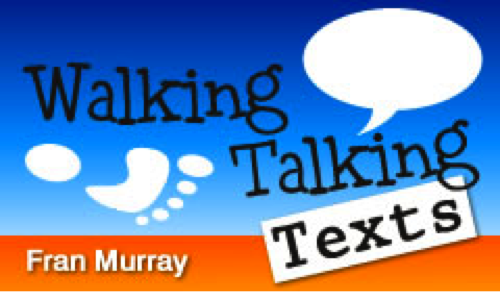
This resource provides a framework and English-additional-language-learning (EAL) methodology for teaching students who are learning Standard Australian English (SAE) as a NEW language, whilst learning through English as the Medium-of-Instruction (MOI).
Assessment strategies and tasks are embedded in the teaching-learning program. As units of work are planned, teachers can link the English language learning and content goals to those used in the curriculum of the local jurisdiction.
Walking Talking Texts facilitates the teaching of English-as-a-Second/Additional-Language, focussing on the teaching of spoken English (oracy) prior to, and subsequently, alongside written English (literacy) modes.
Units of work are based around a written English text (literature or informational). The written text provides the stimulus, the linguistic and socio-cultural/cognitive content, the context and purpose for engaging in classroom-based learning.
The sequence of teaching strategies establishes the process for teachers to engage students in the deconstruction and reconstruction of the texts, whilst learning the associated spoken 'school' language.
In this process students are taught linguistic skills and knowledge (teacher input) through the four modes: listening, speaking, reading and writing, as well as socio-cultural knowledge about how to learn in school. The latter is not a familiar way of learning for many children, especially those from third-world socio-cultural living contexts i.e. many Indigenous students in remote localities in the Northern Territory of Australia as well as some EAL/D students in urban Australia.
Oracy and literacy skills and practices are planned within the range of language learning contexts, purposes, skills and curriculum-based knowledge areas needed to develop (an additional) language for learning at age-grade level.
Technologies now make up part of the teaching and learning tools required and they should be incorporated into Walking Talking Texts pedagogy through the planned units of work.
Registered users can access video footage of teachers implementing the Walking Talking Texts pedagogy, as well as other support materials for using Walking Talking Texts.
Access to the 1995 hard copy of Walking Texts is available. Print for personal use only.
(c) F.Murray
